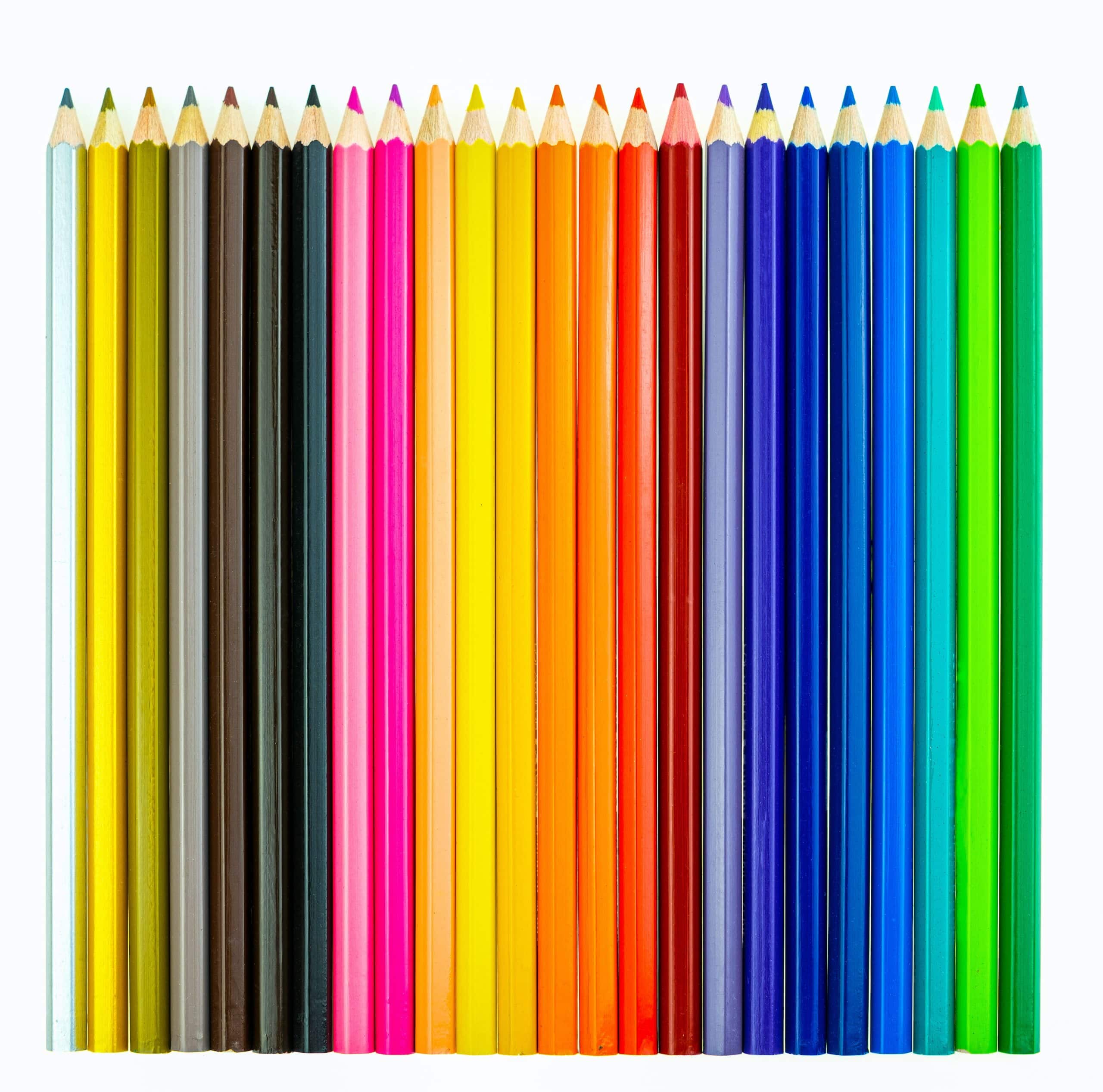How Can You Use Color Theory to Enhance Your Professional Wardrobe’s Visual Impact?

Eye-catching colors and their meaningful mixes can transform your professional wardrobe, making you look sharp, powerful, and unmissable. Understanding color theory can help you curate a wardrobe that speaks your language, resonates with your personality, and enhances your visual impact. In this article, we will delve into how you can leverage color theory to enhance the visuals of your work attire.
Understanding Color Theory
Before we dive into the depths of applying color theory to your wardrobe, it’s essential to grasp a basic understanding of what color theory is.
Also to read : What Are the Key Considerations for Wearing Open-Back Tops in a Professional Context?
Color theory is an artistic and scientific field that explores how different colors interact with each other and how they can influence our moods, perceptions, and actions. It’s all about creating visual harmony, balance, and contrast. When applied to your closet, color theory can help you put together outfits that are not only aesthetically pleasing but also portray a certain image or message about you.
Colors can be categorized into primary colors (red, blue, and yellow), secondary colors (green, orange, and purple), and tertiary colors (mix of primary and secondary colors). Primary colors are the building blocks from which all other colors are made. Secondary colors are made by mixing primary colors, and tertiary colors are created by combining primary and secondary colors.
In parallel : How Can You Style a Denim Skirt for a Business Casual Office Without Looking Too Casual?
Consider the Color Wheel
The color wheel is a tool used in color theory that visually represents the relationships between colors. It helps us understand which colors complement each other, which ones offer contrast, and which ones are analogous, or similar.
Complementary colors are those opposite each other on the color wheel; they offer a high contrast, stand out, and make each other pop. If you want to make a bold statement at work, picking an outfit with complementary colors can be a great choice.
Analogous colors are next to each other on the color wheel; they create a harmonious, coordinated look. If you prefer a subtle, coordinated look, go for analogous colors in your outfit.
Your Skin Tone and Color Choices
Now that you have a basic understanding of color theory and the color wheel, let’s talk about how your skin tone can influence your color choices.
Each person’s skin tone can be broadly classified into warm, cool, or neutral. Warm skin tones have a yellow, peachy, or golden undertone, and they look great in earthy colors like warm reds, oranges, yellows, and browns. Cool skin tones have a blue or pink undertone and are complemented by jewel tones like blues, purples, and cool greens. Neutral skin tones can pull off both warm and cool colors.
Knowing your skin tone can help you choose colors that flatter you and make you stand out. Remember, while the ‘rules’ can be a helpful guide, they don’t need to be adhered to strictly. Experimenting with different colors and seeing what works for you is key.
The Psychological Impact of Colors
Colors are not just about aesthetics; they also carry psychological implications, influencing how we perceive ourselves and how others perceive us.
Red, for example, is a powerful color often associated with energy, passion, and power. Wearing red to a business meeting could show you’re bold and assertive. Blue, on the other hand, is often associated with stability and reliability – a perfect choice for when you want to project a trustworthy image.
Green is linked to growth and renewal, making it a great choice when you want to show that you’re open to new ideas. Yellow, a lively and energetic color, can be a great choice when you’re presenting innovative ideas or trying to stimulate a lively discussion.
Using Color to Curate Your Wardrobe
Now that you understand color theory, it’s time to put it into practice.
Start by cataloging what you currently have in your wardrobe. What colors do you see the most? Are there any colors you’re lacking that you’d like to incorporate? Consider your skin tone and the psychological implications of those colors.
Once you’ve cataloged your existing wardrobe, identify the gaps and start filling them. Mix and match pieces to create a variety of outfits. Don’t be afraid to experiment with contrasting or complementary colors to create visually striking combinations.
Remember, curating your wardrobe is a process. It doesn’t have to happen overnight. By regularly investing time in understanding your color preferences and experimenting with different combinations, you can gradually build a wardrobe that not only enhances your visual impact but also reflects your unique personality and style.
Through this guide, we hope to have given you a comprehensive understanding of how color theory can enhance your professional wardrobe’s visual impact. Your wardrobe is an extension of yourself, and with the right mix of colors, you can make it speak volumes about who you are. So go ahead, explore the world of color theory, and let your wardrobe become your canvas.
How Different Occasions Influence Color Choices
Choosing colors for your professional wardrobe is also influenced by the type of occasion or event you’re attending. Different professional settings warrant different color choices.
For formal business settings, it’s best to stick to conservative colors such as black, navy, dark gray, or brown. These colors project authority, seriousness, and professionalism, reflecting the gravity of the situation. You could choose a monochromatic look with different shades of the same color, or pair a darker color with a lighter one to create a visually balanced look.
On the lighter side, if you’re attending a casual work event or a creative meet-up, feel free to experiment with brighter hues. Warmer shades like red, orange, yellow can stimulate conversation and make you look approachable. Cooler colors like green, blue, or violet can help you appear calm and composed.
For networking events, conferences, or presentations, it’s advisable to incorporate colors that draw attention without being overly flashy. Striking the right balance between standing out and not looking overbearing is key here. You could opt for a neutral base color and add pops of color with accessories, like a bright tie or a colorful scarf.
Remember, the key is to create a visual harmony that is in sync with the event’s mood and your personal style. Thereby, using color theory to guide your choices ensures you make a memorable visual impact.
Conclusion: The Power of Color in Your Professional Wardrobe
The impact of color on our professional image is undeniable. Understanding color theory and effectively applying it to our wardrobe can be a game-changer for our professional presence. It can enhance our visual impact, project our desired image, and even influence the perception of others.
By understanding the basics of color theory and the color wheel, we can create outfits that are aesthetically pleasing and communicate our intended message. With the knowledge of our skin tone, we can choose colors that flatter us and elevate our look. Considering the psychological impact of colors can help us depict our personality and mood.
Recognizing the importance of occasion-appropriate colors can further enhance our professional presence. It can help us strike the right balance between standing out and fitting in, ensuring we’re always appropriately dressed.
Ultimately, your professional wardrobe should be an extension of your personality, reflecting your tastes and values. With the right knowledge and experimentation, you can craft a wardrobe that speaks volumes about who you are, and in the process, create an inspiring visual impact. Remember, color is a powerful tool at your disposal, use it consciously and creatively to bring out the best in your professional attire. Now that you are equipped with this knowledge, go ahead and bring some color magic to your professional wardrobe.
